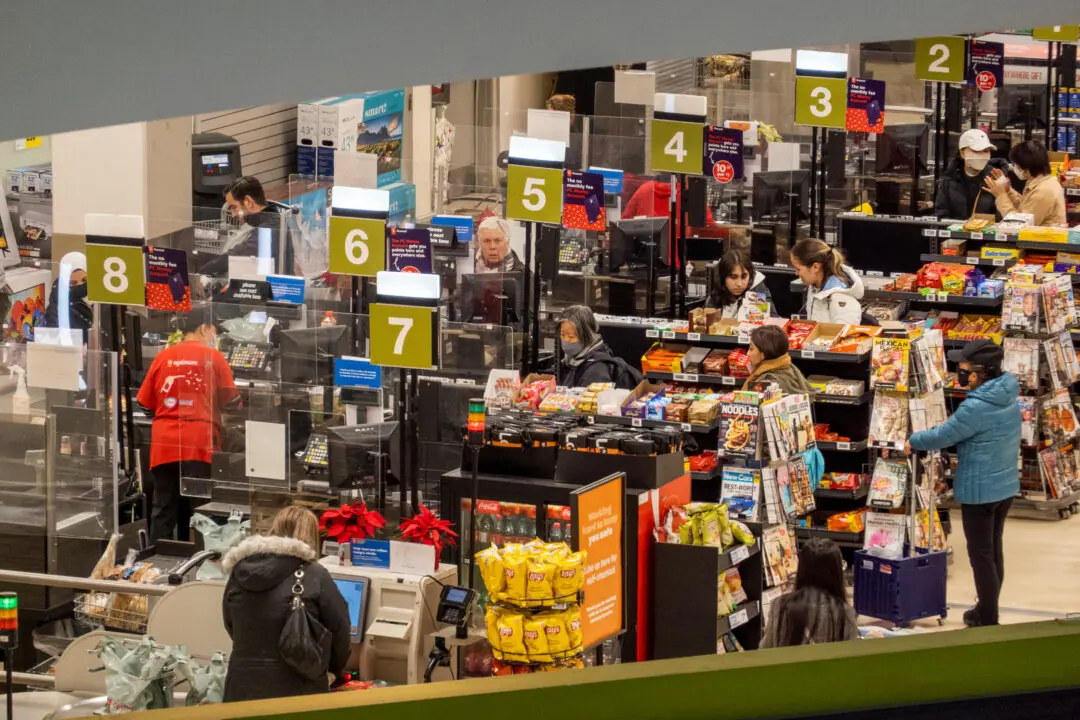Online sex crimes against Canadian minors have jumped 220 percent in the past decade, according to newly released government data.
Child pornography cases make up a large portion of online sex crimes involving Canadian children with such incidents quadrupling between 2014 and 2022, according to a Statistics Canada report. Numbers have jumped from 32 incidents per 100,000 children in 2014 to 125 incidents in 2022.





